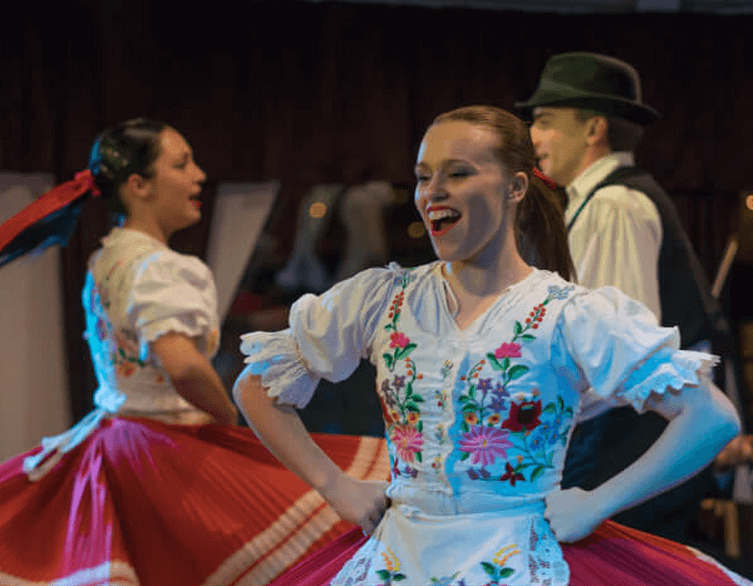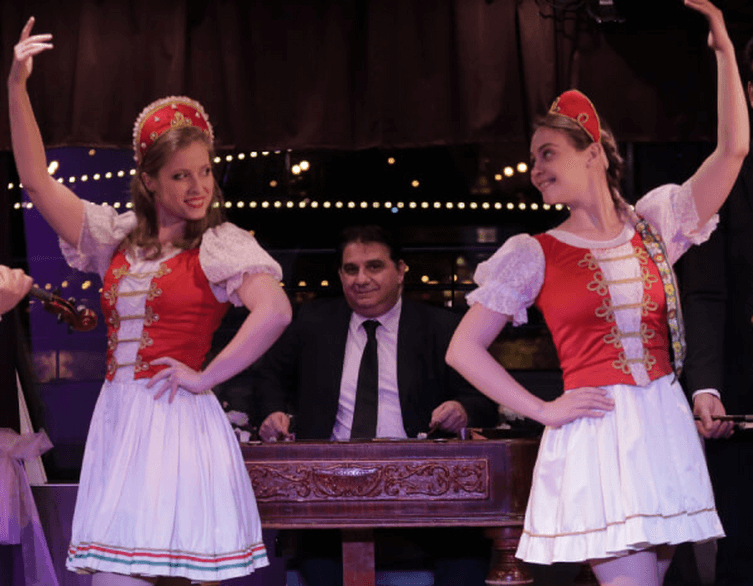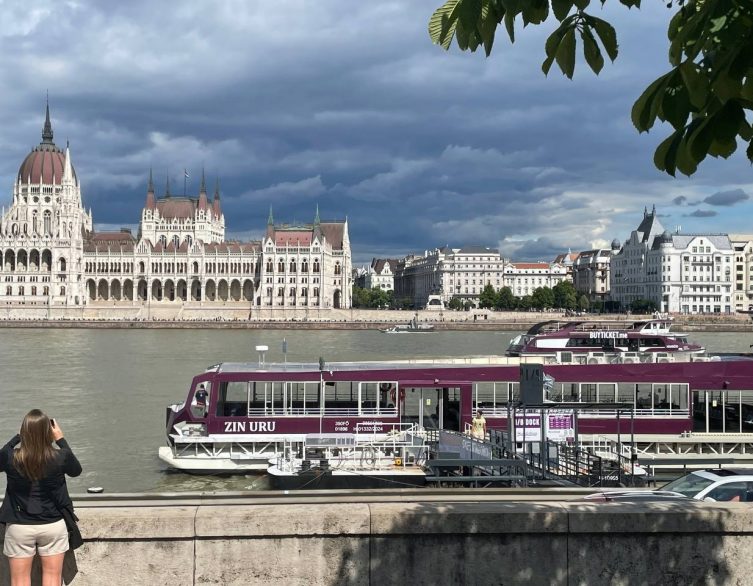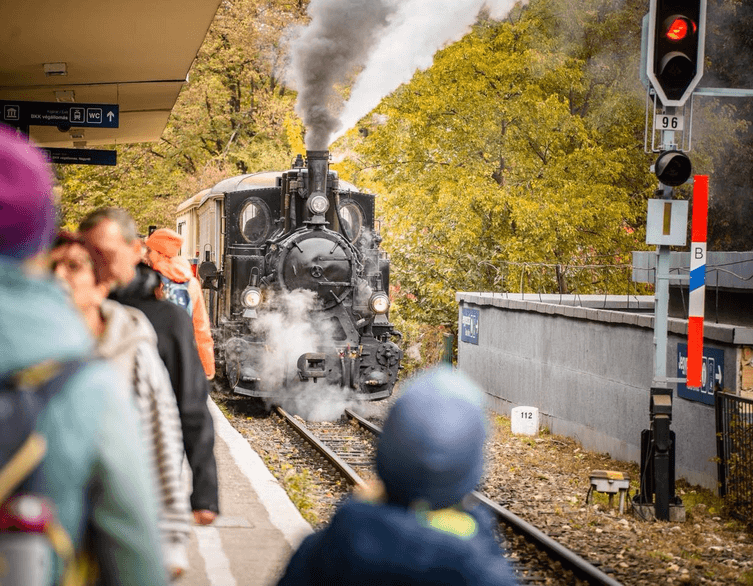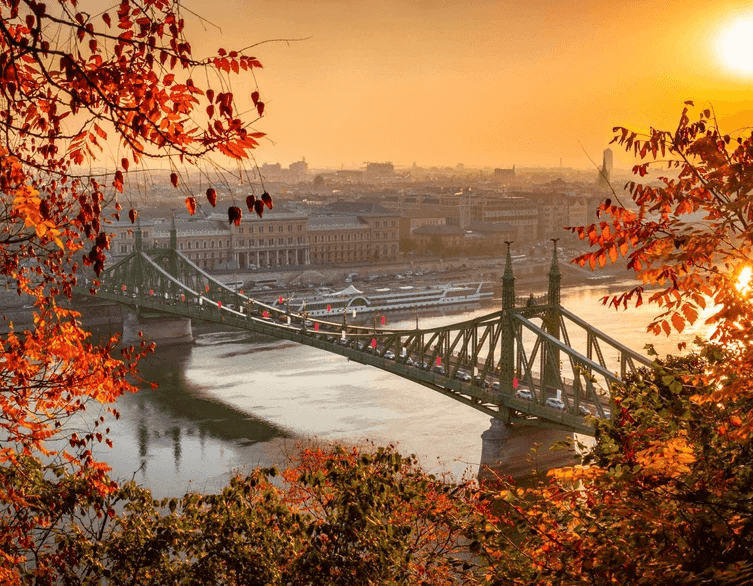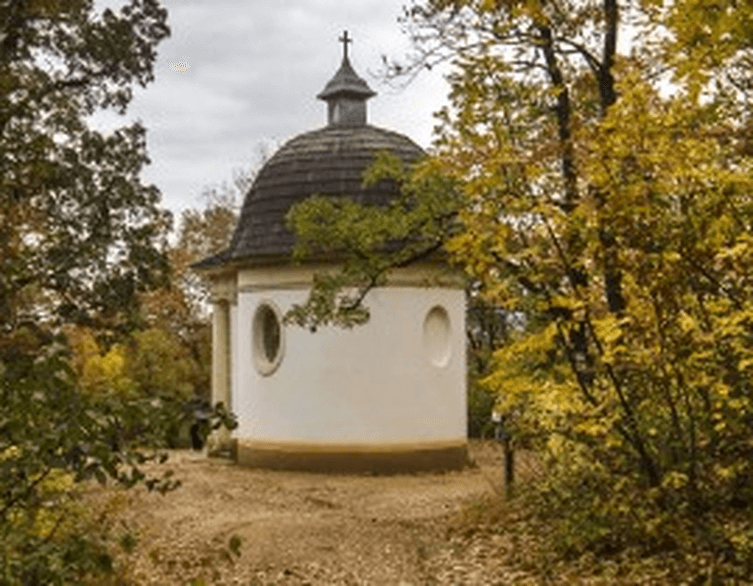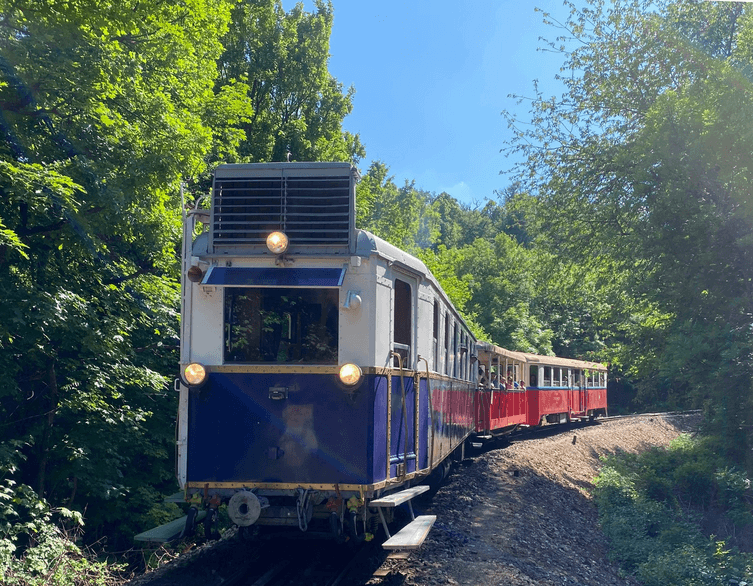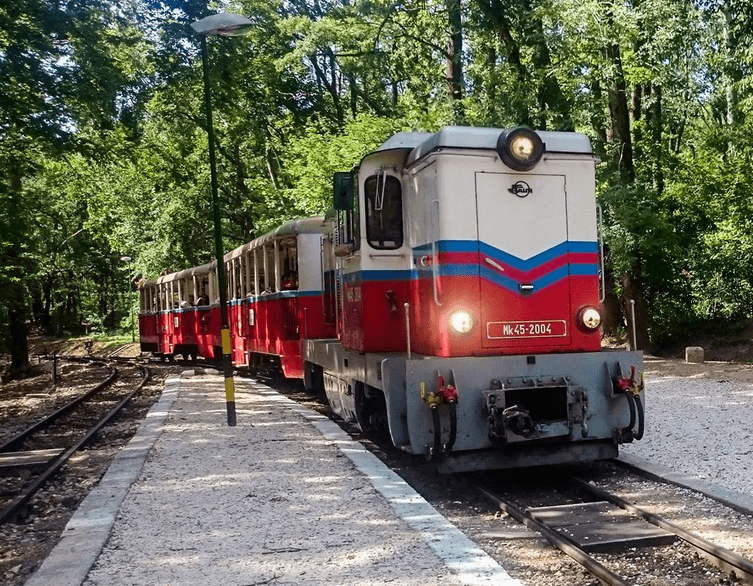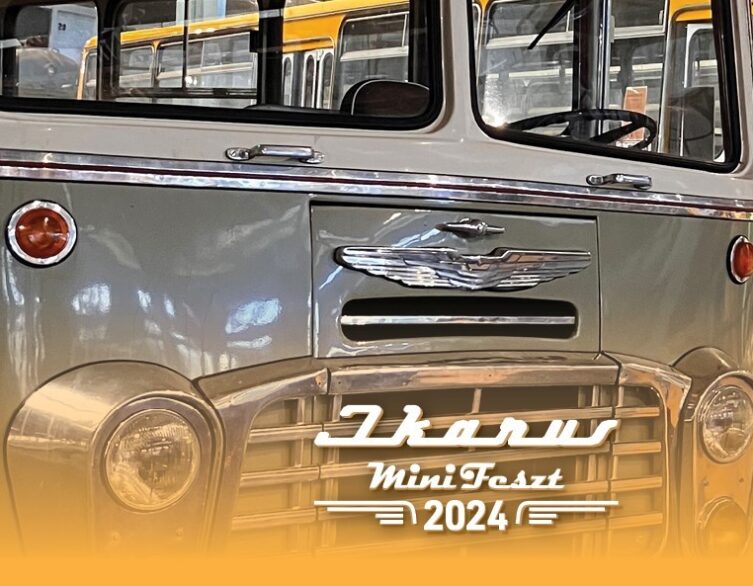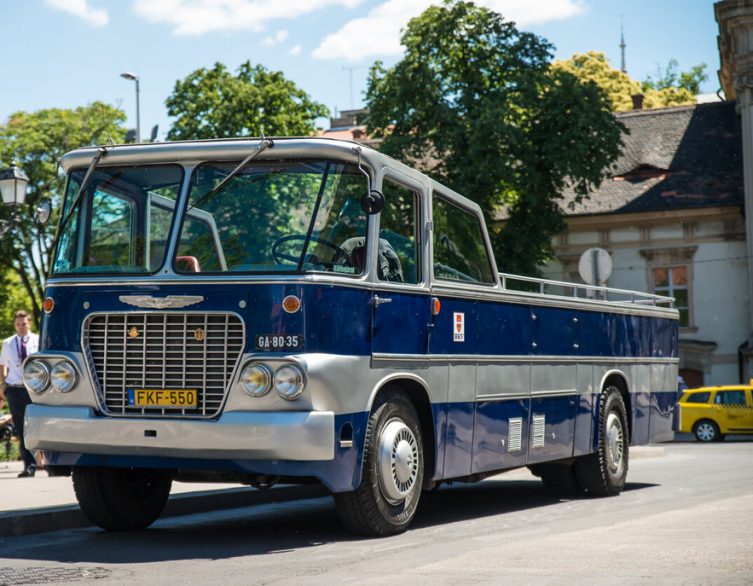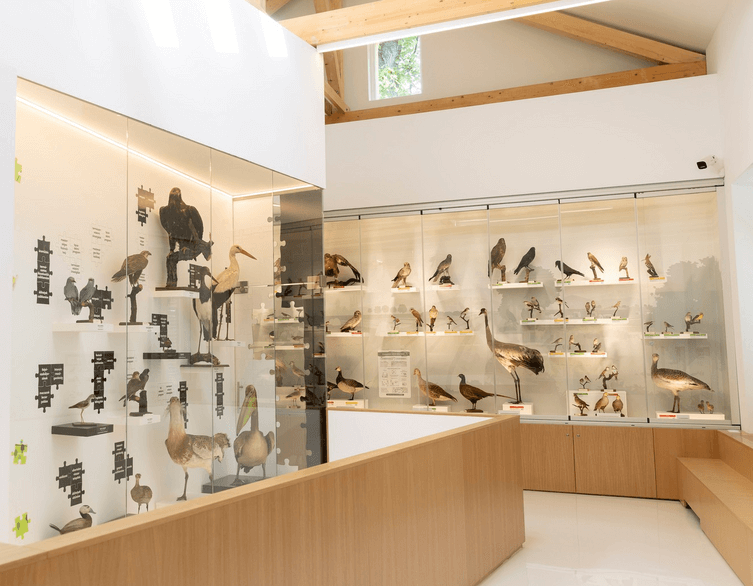The Budapest Children’s Railway: A Journey Through History and Nature
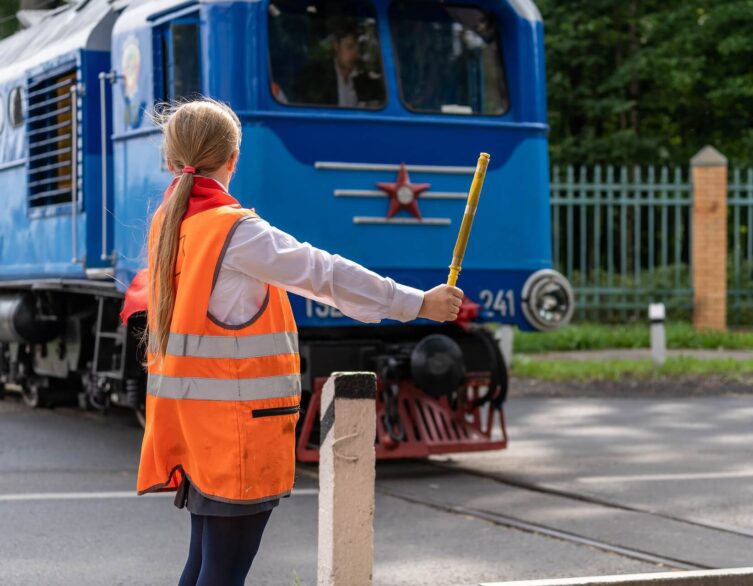
The Budapest Children’s Railway is a unique and charming attraction that offers visitors a chance to experience a piece of Hungarian history while enjoying the beautiful scenery of the Buda Hills. This 12-kilometer narrow-gauge railway line is the longest in the world run by primary school children, making it a one-of-a-kind experience for tourists visiting Hungary.
Historical Significance
The Children’s Railway was established in 1948, just two years after the end of World War II. Initially known as the Pioneers’ Railway, it had a close association with the Pioneers’ Movement, a youth organization in communist countries. The railway was constructed over two years and officially completed in 1950. Throughout its history, the Children’s Railway has served as a symbol of the enthusiasm and commitment of young participants.
Architectural Significance
The railway line spans approximately 11 kilometers, winding its way through the picturesque Buda Hills. The stations along the route showcase various architectural styles, reflecting the different eras in which they were built. Visitors can admire the old-world charm of the ticket offices, signals, and switches, which have been meticulously maintained over the years.
Best deals of Budapest
The Journey
Passengers can enjoy a 40-50 minute ride between Széchenyihegy and Hűvösvölgy stations, passing through scenic landscapes perfect for hiking and exploring. The railway serves as an ideal starting point for visiting nearby attractions such as lookout towers, forest playgrounds, and places of pilgrimage. On selected days, a steam locomotive also operates, adding to the nostalgic experience.
Children’s Railway Museum
Located on platform 1 of Hűvösvölgy station, the Children’s Railway Museum offers an interactive exhibition that presents the history of the narrow-gauge railway from its beginnings to the present day. Visitors can explore archive photos, documents, and relics that showcase the construction process, the commitment of young participants, and the technical development of the railway over the decades. The museum also features a souvenir shop with exciting items and games for the whole family.
Getting There
The Children’s Railway is easily accessible by public transport. Visitors can reach the Széchenyihegy station by taking the Cogwheel Railway from Városmajor or bus 21 from Széll Kálmán tér. To reach Hűvösvölgy station, visitors can take bus 61 from Széll Kálmán tér or bus 63 from Hűvösvölgy.
Nearby Attractions
- Elizabeth Lookout Tower: Located near Jánoshegy station, this tower offers panoramic views of Budapest and the surrounding hills.
- Normafa: A popular recreational area near Normafa station, perfect for hiking, picnicking, and sledding in the winter.
- Chairlift (Libegő): A scenic chairlift ride that connects Zugliget with Jánoshegy, offering stunning views of the city.
- Cogwheel Railway: A historic railway that runs from Városmajor to Széchenyi-hegy, providing a unique transportation experience.
- Budakeszi Wildlife Park: A small zoo located near Vadaspark station, home to various animal species.
- Caves: Buda Hills are home to several beautiful caves open all year round.
The Budapest Children’s Railway is more than just a mode of transportation; it is a journey through history and nature. This unique attraction offers visitors a chance to experience the charm of a bygone era while enjoying the beautiful scenery of the Buda Hills. Whether you are a train enthusiast, a nature lover, or simply looking for a unique experience, the Children’s Railway is a must-visit destination for anyone exploring Budapest.
Related news
Related events
Related attractions







